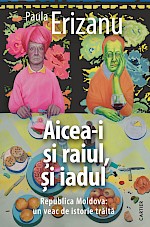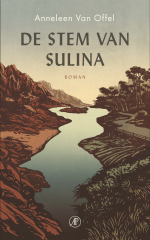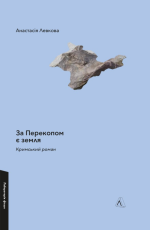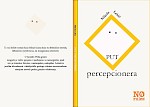View all filters
Clear

Uy, nenas (It’s Both Heaven and Hell Here. Moldova: a Century of Lived History)
O Dilema do Guarda-Chuva Castanho Primeira Porta à Direita Nada

Żywopłoty (The Hedges)
“Debiut Karpińskiej to opowiadania pisane Gombrowiczem, ale fajniejsze, bo o ludziach z naszych ulic” Olga Hund
Opis okładkowy:
Żywopłoty to historia człowieka, którego tożsamość zbudowana jest na narracji – istnieje tylko wtedy, gdy opowiada, dlatego jego dzieje rozpisane są niczym dzieje świata, który on szczelnie wypełnia.
Żywopłoty – z ich odrealnieniem, a jednocześnie koncentrancją na zwykłych, prostych codziennych sprawach – układają się w rodzaj baśni. To baśń o tym, co w życiu najważniejsze.
Poszczególne mikrohistorie można poznawać osobno i przy każdej na nowo odkrywać perspektywy i wymiary człowieczeństwa. Czyta się je – jak utwory najlepszych autorów czeskich, takich jak Pavel czy Hrabal – jak rzecz niewymuszoną, trochę spoza literackiego świata, nieosadzoną w konkretnej rzeczywistości i czasie.

Oh, ragazze (It’s Both Heaven and Hell Here. Moldova: a Century of Lived History)
Diário

Hlas Suliny

Голос Суліни

Живоплоти
Zítra
De kleine schrijvers

Le pecore stanno bene
Chiar și dacă n-apuci să vezi decât o picătură

C'era una volta in Crimea
Reuniunea
Ook als je er maar één druppel van te zien krijgt

Een Oekraïens kerstverhaal
